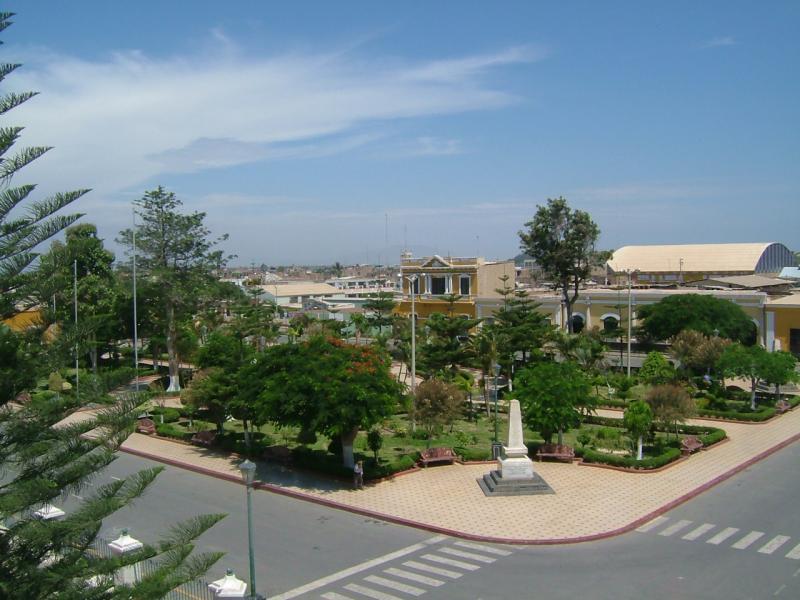Lambayeque, Lambayeque, Peru
Suggest Place to Visit
2041
Track to location with GPS |
 |
Legend has it that in a remote time a large fleet of strange rafts arrived on the beaches of the current San José cove, manned by a brilliant procession of foreign warriors, headed by a man of great talent and courage named Naylamp, who founded this civilization.
Their descendants are the forgers of the great Chimú culture, prior to the Empire of the Incas, which developed to achieve a remarkable state parallel to the Inca, but, unlike the latter, moved its capital to more favorable and strategic areas, establishing large centers urban.
They were great farmers and weavers, but above all wonderful goldsmiths, with extraordinary work in gold.
The conquest of the Chimú territory at the hands of the Incas lasted almost four decades, in which Pachacútec, Inca Yupanqui and Huayna Cápac intervened successively.
When Francisco Pizarro passed through the place, on his way to Cajamarca to complete the conquest of the empire, he was amazed when he contemplated the gold exhibited in the forms of vessels and utensils.
During the Colony, the rivalry between the towns of Lambayeque and Santiago de Miraflores de Saña was aroused, due to the opulence of the latter, awakening even the greed of the pirates. An overflow in 1720 flooded Saña and ended with a flourishing city.
During the Emancipation and Independence, the people of Lambaya had as their leader the patriot Juan Manuel Iturregui, who propagated libertarian ideas and helped to enter arms for this cause. Two courageous sons like Elías Aguirre and Diego Ferré offered their lives aboard the Monitor Huáscar in the Battle of Angamos.
Located 12 Km. To the North West of Chiclayo, linked to this city by a highway (Pan-American Highway), which we access through the north exit of Chiclayo, Av. Salaverry.
Called Ciudad Evocadora, Lambayeque is a city with Spanish ancestry. Since the middle of the sixteenth century, his name appears in the archives of the time, but it was only in 1720, where the splendor and heyday of the city began, when the encumbered families that left Zaña settled there, after it was razed by a flood.
TOURIST ATTRACTIONS
CATHEDRAL
It is located in the main park of the city, its construction is in a neo-classical style and dates from 1869.
The portal is of two bodies, the first supported by Doric columns that precede the three entrance arches. The second has Corinthian capitals, in whose inter-swings there are balconies or viewpoints. On both sides of the façade there are bell towers topped with copulillas. Inside, with three bodies, the beautiful carving of the Cristo Pobre stands out.
THE VERONICA CHAPEL
Located at the intersection of Calle Torres Paz and Alfonso Ugarte, it was built at the end of the last century and is now declared a national historical monument, unique in its kind for its structure. The main altar and adjacent altarpiece are clad in silver and gold leaf.
BASILICA SAN ANTONIO
It is located between Torres Paz Street and Luis Gonzales Avenue. Called San Antonio de los Padres Descalzos de Chiclayo, of modern architecture (1949). The main nave is quite wide, has semicircular arches and, in its main altar, the articulated crucified Christ stands out, a polychrome wood sculpture.
PLAZUELA ELIAS AGUIRRE
This was the first square that the traveler saw when he got off the train at the Eten railway station. The work of the Peruvian sculptor David Lozano, its construction dates from 1924, and was erected in honor of Commander Elías Aguirre, a hero from Chiclayo in the Battle of Angamos. The trees that adorn it shelter dovecotes and people come to the place to entertain themselves by feeding the birds.
MODEL MARKET
The Mercado Modelo, open from 7:00 am to 6:00 pm, is a place that presents a great commercial and human movement. Thousands of people pass through this area during the day, Sunday being the busiest. In the strip that adjoins Calle Arica you can buy a large quantity of herbs and medicinal preparations used by shamans and healers in their traditional "healing tables", in this place you can contact one of these healers.
SIPAN
It is located 28 kms. east of the City of Chiclayo. Av. Bolognesi will take us to the road to Pomalca, 7 km away, where you must take a road to the right that will take you to Sipán.
On the route the landscape is framed by extensive reed beds. Small elevations and a small canyon formed by the cause of the Reque river are appreciated. The archaeological complex presents areas differentiated from each other, registering monumental areas, patios, cemeteries, domestic areas, fortifications, etc. The monumental area of the complex is also known as Huaca Rajada.
It is made up of several structures such as the Royal Mausoleum of 80 X 130 ms. And 15 ms. high, the same that records important evidence on the funeral customs of the Moches. This rich Pre-Inca sanctuary is considered the most important of the Inca Culture, 1st to 6th centuries.Research and discoveries continue in Sipán, The funerary equipment and all the majesty of the Great Lord, King of the Moches will be appreciated in the Museum of Site and in the Bruning Museum of Lambayeque.
THE FUNERAL CHAMBER
By systematically cleaning the entire section of the platform, an earth fill was identified, delimited by the adobes of the building. Progressively removing this filling, at a depth of three meters the skeleton of a man was found wearing a copper shield and a golden helmet and dressed in the typical and sober clothing of the Moche soldier.
About 50 cm. below, the sarcophagus of the Great Moche King, the Lord of Sipán, appeared. Penetrating it meant a real job of surgery. Among the sediments appeared the face, in miniature, belonging to a warrior chief; 6.2 cm gold sculpture that exudes realism and shows a unique gold work. This delicate human sphinx corresponds to the central part of an ear flap worked in millimeter mosaics of turquoise and gold.
The total cleaning of this layer revealed the rich funerary equipment.
The Lord's feet wore copper sandals. Spondylus shells were found around the bundle and banners were gradually unveiled representing a character with open arms and outstretched palms.
Covering the bones of the face and near the face were: eyes, nose and chin of gold, two light nose rings and a cap of gold and turquoise ear flaps representing a deer.
Thousands of small white, red and orange shell beads or beads form a total of 11 pectorals arranged on the chest and legs, various feather headdresses arranged in a fan shape with copper handles, as well as elegant turquoise bracelets. On the chest appears a necklace with 20 peanuts, the right half of gold and the remaining silver. A gold ingot in the right hand and a copper in the left. The right also held a gold scepter and knife crowned with an inverted pyramid with reliefs; in his left hand a silver scepter; At the neck we also find a necklace with 71 spheres and, on the chest, a gold knife to the right and a silver knife to the left. Signs of a constant symbolic bipartition, duality and balance present in the rite. Notably the lord lay with this suggestive orientation.
They accompany the Lord in his last home: a warrior, a priest, two women, a dog, a llama, a child and a guardian; in addition to 1150 ceramic pieces.
UCUPE
39 km south of Chiclayo, it is accessed by the Pan-American highway and is located a few minutes after the town of Mocupe, after the crossing to Zaña. In Ucupe we will visit an impressive polychrome mural that originally decorated the front of a huaca. The clay mural depicts twelve characters wearing feather headdresses, decorated clothing and false wings from the classic Lambayeque period, 8th century.
ZAÑA
It is located 46 km south east of Chiclayo, on the banks of the Zaña river. It was founded by order of the Viceroy Diego López de Zúñiga, in October 1563, with the name of Santiago de Miraflores de Zaña. Times when the construction of its temples begins. It became the most important city in the Viceroyalty of Peru. Opulent and rich, the city, it is said, was the victim of divine punishment, for the dissipated and debauched life of its inhabitants.
In 1686 it is sacked by E. Davis and his band of pirates, leaving it defenseless and at the mercy of further incursions. In this state, the settlers decide to transfer their families and belongings to the City of Lambayeque, leaving only the slaves and foremen. Zaña managed to rebuild himself, but on March 15, 1720, the waters of the river left their cause and rained with great force and gigantic waves on the City, destroying everything that was in its path. After this the exodus was complete.
Comments
We don´t have yet any comments about:
Lambayeque, Evocative City
Lambayeque, Evocative City
Be the first to leave a comment as it is very important to inform other people
Outros locais a visitar
Within a radius of 20 km from:Lambayeque, Evocative City
Museu Nacional Tipas Reales de Sipan |
| 1,6 Km |
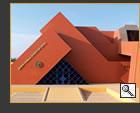 |
Palacio Municipal de Chiclayo |
| 10,1 Km |
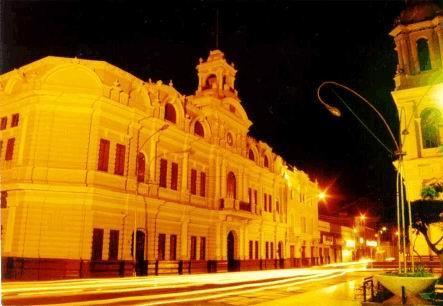 |
Chiclayo, a Cidade da Amizade (Peru) |
| 10,5 Km |
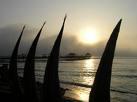 |
Praça Principal de Chiclayo |
| 10,9 Km |
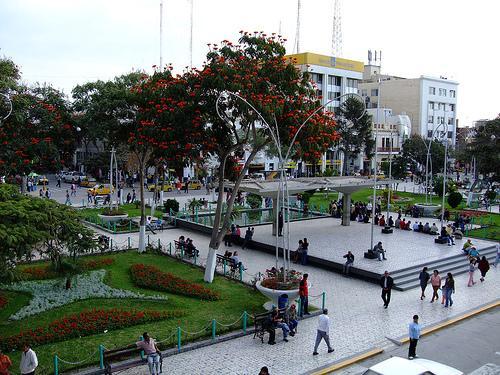 |
Catedral de Chiclayo |
| 11,1 Km |
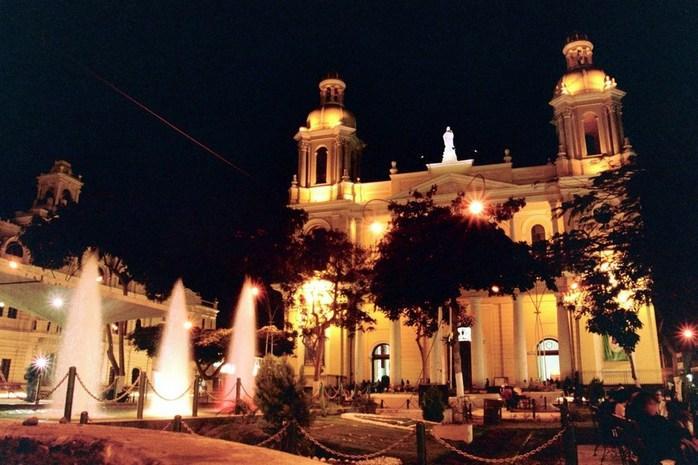 |
Ferreñafe, Tierra de la Doble fe |
| 15,2 Km |
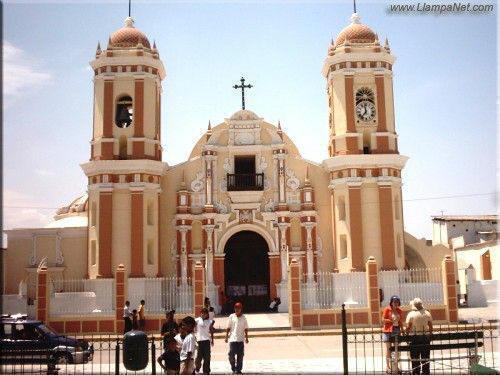 |
Cidade de Picsi |
| 16,0 Km |
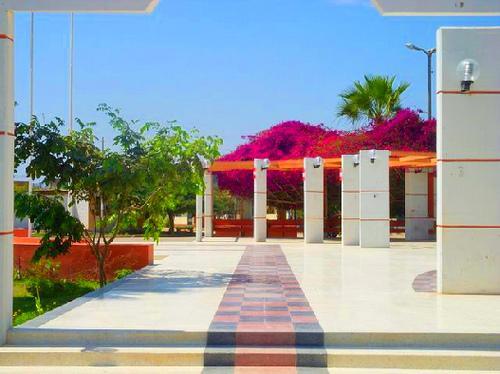 |
Complejo Arqueologico de Huaca Chotuna |
| 19,6 Km |
 |
Hotel reservation near Lambayeque, Evocative City within a radius of 20 km
Why to book with CLUBE TRAVEL
The best prices
Our partnerships with the world´s largest operators offer research on the best market prices.
More options
At Rotas Turisticos you can book the hotel, buy the air ticket, book the transfer from the airport to the hotel and vice versa, book the local excursions, rent the car, take travel insurance and consult the places to visit and where to go.
Holiday Tips & Destinations
Hundreds of holiday destinations with all the options that allow you to easily choose the destination that best suits your dream vacation.
CLUBE TRAVEL
Links


